Category:Powder Coating Facility
Link to: Metal Shop Main Page
| Powder Coating | |
|---|---|
| General Info | |
| Make | |
| Model | |
| Serial | Unknown |
| Specs | |
| Manual | Manual for the smaller gun |
| Asylum Info | |
| Location | Metal Shop |
| Rubric | |
| Training | Tool Classes |
| Testing | Tool Testing and Training Combined |
| Restrictions | red |
| Eye protection required! | ||
|---|---|---|
Description
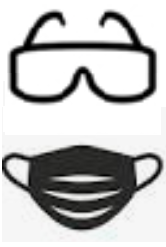
| |
|---|---|
Located in a room on the southern wall of the Metal Shop, between the sand-blasting room and the CNC plasma cutter. This facility is sized to accommodate a range of work from small pieces to bicycle frames. A rolling rack holds larger workpieces in an 8'x8'x8' spray booth and then transfers to a 4'x4'x8' box oven. Smaller pieces are cured in a smaller oven. Two guns are available, and many jars of coatings are present in the shop. The spray booth is vented inside the room after filtering the airflow.
The process applies dry, powdered coatings with a pneumatic gun that includes a high-voltage electrode. As the powder passes by the electrode it becomes electrically charged. The metallic workpiece is grounded and so it attracts the charged particles of the coating. The workpieces are then baked in an electric oven to fuse the coating.
Films made by powder coating are up to ten times more durable than those made with liquid paint. The coatings are fused polyester, polyurethane, or resin, with some including significant metal content. Most resist chemicals and salt exceptionally well, though some require a clear top coat to resist corrosion of embedded metal flakes. When applied with appropriate safety measures, powder coating is safer for the environment and for users than spray paint and far more resilient to chipping or flaking. Powder coating with chrome is the industry standard safer alternative to chrome electro-plating. However, in powder form the coatings pose a significant respiratory risk. Organic fumes are outgassed as the pieces heat cure, posing potential further risk. For these reasons proper tool training and testing is required to use this equipment at Asylum.
Use For
Clean metal parts.
Weldments
Brazed parts
Forgings
Castings
Sheet metal
Steel, Stainless, Galvanized, Aluminum, Titanium, etc.
Do Not Use For
Dirty, rusty, or flaky metal parts.
Nonconductive plastic, wooden, or ceramic parts.
Parts that can't tolerate heating to 400°F (200°C)
Safety Notes
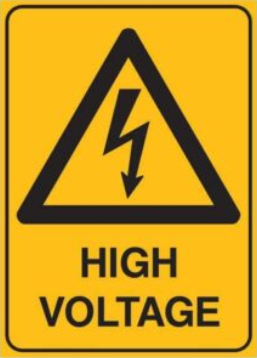
| |
|---|---|
- Danger of electric shock. Don't touch the gun electrode while the activation button is pressed.
- There is A SEVERE RESPERATORY RISK from breathing powdered pigments! Wear a respirator or an N-95 dust mask or better.
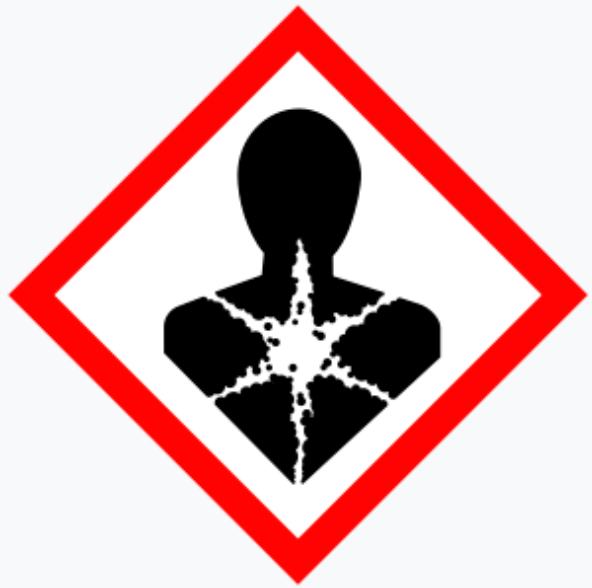
| |
|---|---|
- Don't touch grounded workpieces or racks when operating the coating gun.
- Wear a dust mask and eye goggles. Eyeglasses are not goggles.
- Wear heat-resistant gloves when handling hot parts
- Keep the pressure set to below 10 psi. 3 Psi is recommended.
- Always run the fan on the spray booth when operating the coating equipment.
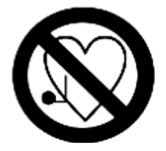
| |
|---|---|
- Dense clouds of powder are flammable. Keep flames away from the machine during coating.
- Don't over-reach, keep proper balance at all times.
- The room will tend to overheat if the oven is operated for a long time.
- Avoid trip hazards. The room is small and there is a lot of equipment in there.
- Don't use the ovens in the shop for heating food.
Tools
| Spray Booth | Eastwood Dual-Voltage Gun | HICOLO Fab 660 System | Box Oven |
|---|---|---|---|
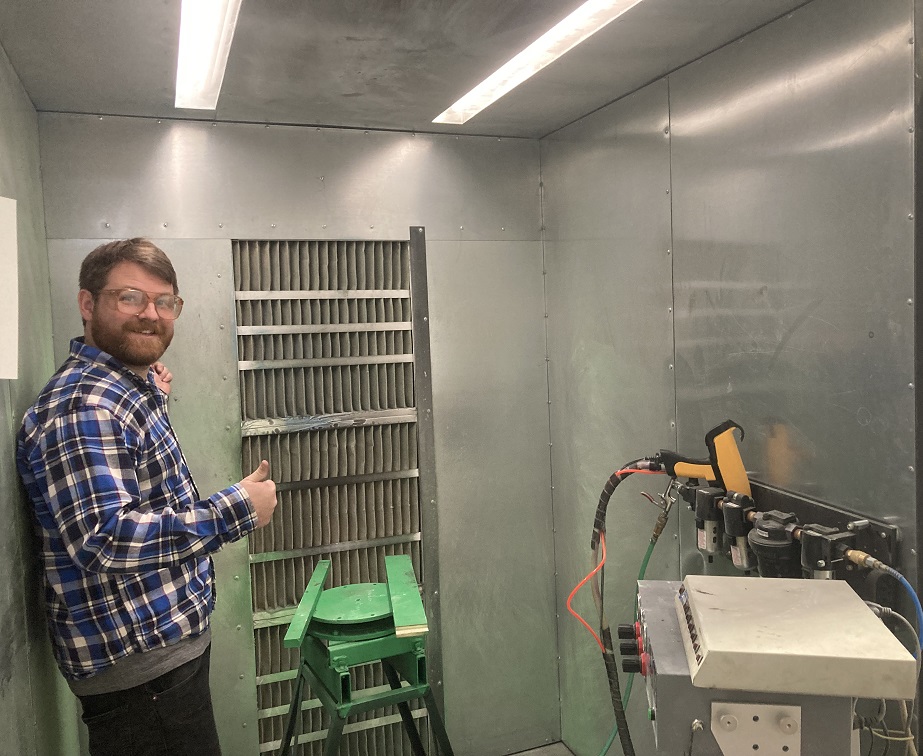 |
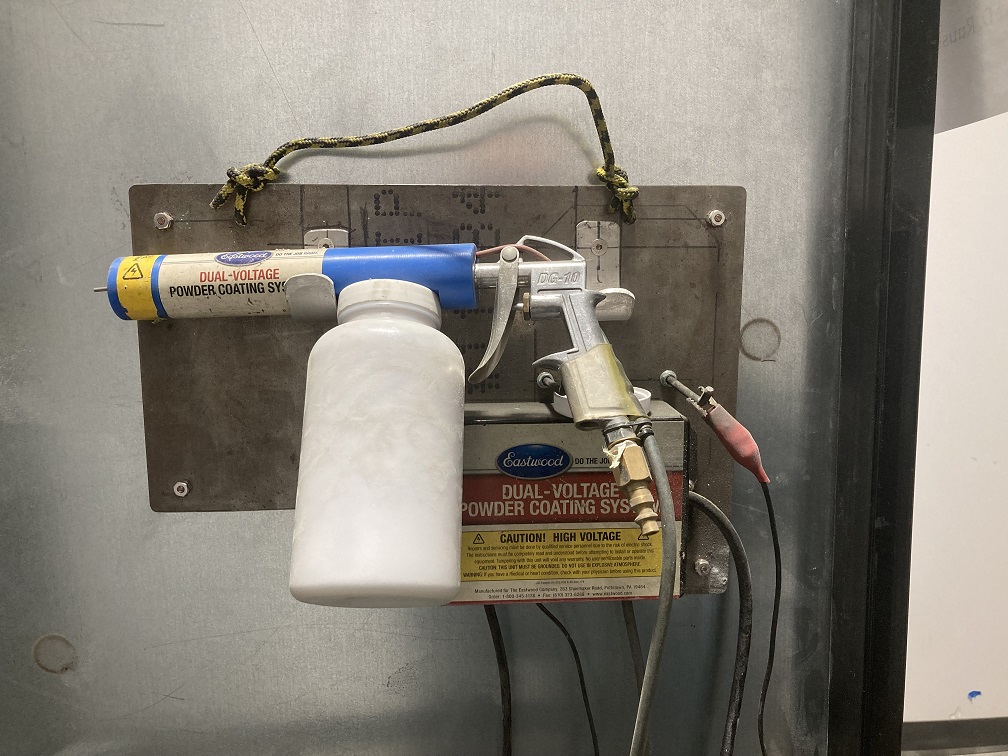 |
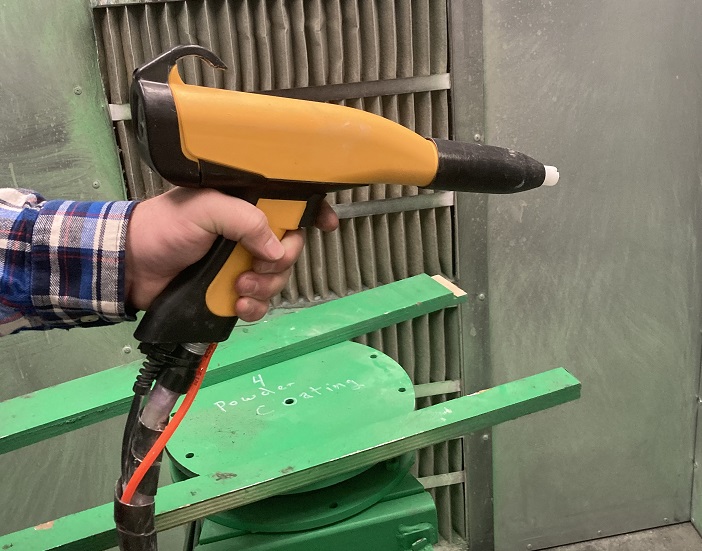 |
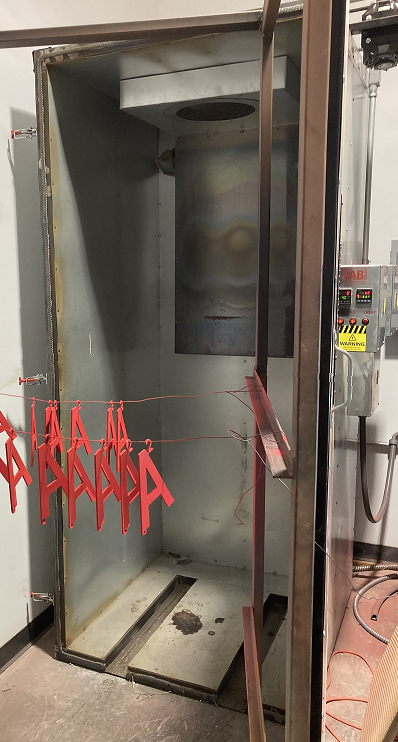
|
Instructions
Spreadsheet: Current powder inventory
Link to: Texbook on powder coating
This category currently contains no pages or media.
